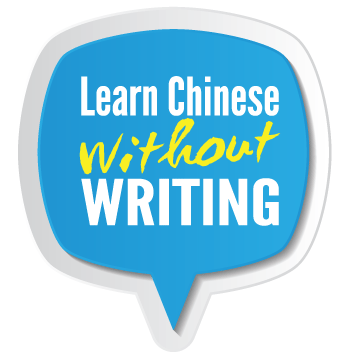
Stroke Patterns
The parts are arranged on a ‘trail’ based on the slight differences between parts (e.g. with single horizontal, with 2 horizontals, …). They are presented in colours to show the sequence of the strokes. Each trail is named based on ‘What-You-See-Is-What-You-Name’ (WYSIWYN).
Select Frequently-Used Simplified Chinese Characters
Firstly, how do Chinese alphabets come about? Actually, it is a reverse engineering process that we went through. By limiting the scope to just simplified Chinese characters (used in China nowadays) and only frequently-used Chinese characters, the project is made more manageable. Starting with 5000 characters and adding on more characters subsequently, the work involved is very tedious and time-consuming.
Dissect Characters into Parts
Deciding where to ‘dissect’ the character also requires a good understanding of Chinese characters and at the same time not allowing such prior knowledge to hinder new perspectives. The traditional way of just breaking down characters into just radicals and non-radical components are insufficient and in fact resulted in a lot of obstacles when seeing characters by appearance.
Keep the Unique Parts
Some parts may appear differently in different characters. They are made up by the same strokes but the strokes can be of different lengths or can be slanting at different angles. Judgement has to be made if such differences resulted in another ‘new’ alphabet or can be explained to be slight adaptations or variations of the same alphabet.
Spot the Similarities and Differences
Next, scrutinise the parts to look out for similar features and features that set them apart.
Group Parts Based on Features
Put similar-looking parts together and then similar groups of parts together based on their appearance.
Read more about the 32 Stroke Patterns of qTRAILS Chinese Alphabets
Wonder what the colours in the alphabets mean? How do they help you to learn quickly?
BLOG ARTICLES:
English Alphabets vs qTRAILS Chinese Alphabets
